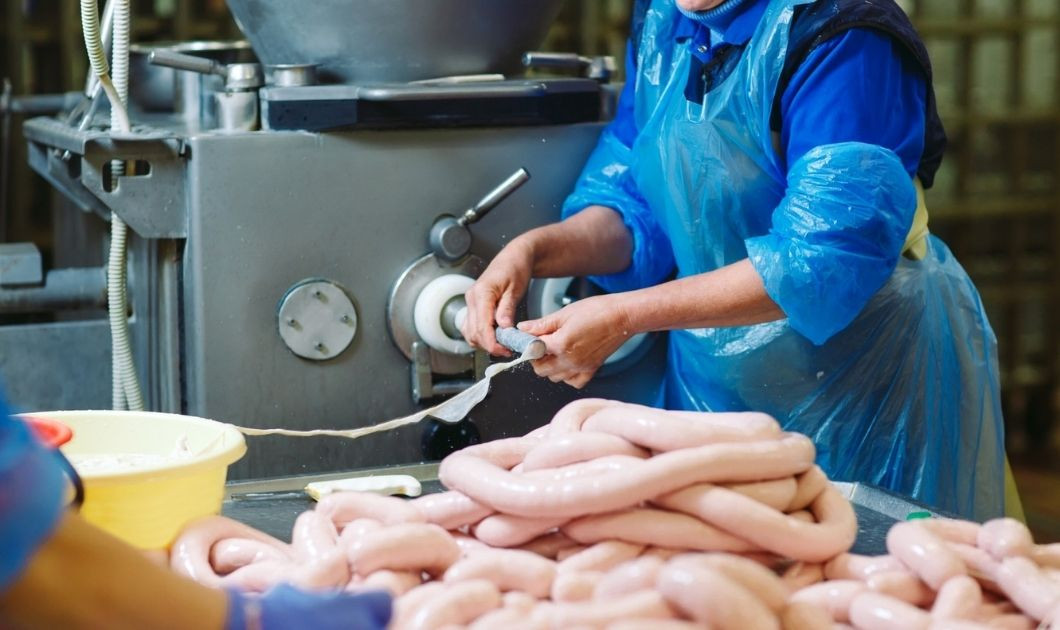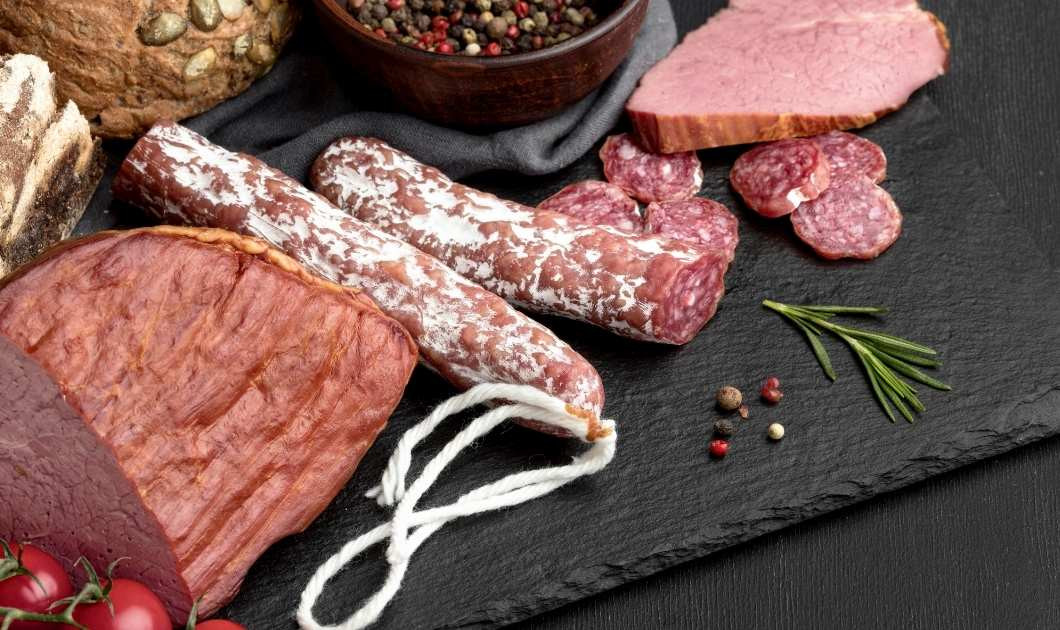Salt has served as a vital component in meat processing and preservation throughout human history. Even today, despite technological advances in the food industry and the introduction of modern preservatives, sodium chloride remains irreplaceable. It acts not only as a natural preservative but also as a flavor enhancer, playing a decisive role in the texture, appearance, and overall quality of processed meat products.
Salt as a natural preservative
One of the primary functions of salt in food processing and cured products is its ability to reduce water activity in meat, thereby limiting the growth of unwanted microorganisms. However, salt alone does not guarantee complete microbial safety - pathogens such as Salmonella and E. coli are not eliminated simply by the presence of salt. Effective control of these pathogens requires additional control measures, such as heat treatment, appropriate pH levels, and the use of nitrites. Salt primarily acts as a microbial growth inhibitor by binding available water and creating an environment unfavorable for bacterial proliferation. For this reason, salt use is a key factor in the stability and shelf life of cured meats and other processed meat products, helping to prevent microbial spoilage when combined with other preservation methods.

Enhancing texture and structure
Salt plays a crucial role in protein binding within meat. When added, it helps extract proteins that form a cohesive matrix, effectively binding meat particles together. This results in processed meats with improved consistency, juiciness, and a pleasant, chewy texture.
In addition, it helps retain moisture during thermal processing (cooking or smoking), reducing fluid and weight loss and preventing an undesirable dry texture in the final products.
Flavor enhancement and color development
Salt is a natural flavor enhancer that brings out the natural aroma of meat, balances sweetness, and enriches the overall taste profile. In products like ham or salami, its presence is essential for the development of the characteristic flavor that arises through fermentation and curing.
Salt also plays an important indirect role in the appearance of cured meat products by helping to stabilize their color. The well-known pink-red hue of cured meat products like bacon and sausages mainly comes from nitrites or nitrates reacting with the meat’s myoglobin. Salt acts as a carrier and diluent for nitrite-based curing mixtures, promoting the formation of stable color structures that give the product its distinctive and appealing look.
Choosing the right granulation and salt products
In the meat processing industry, selecting the appropriate salt particle size is crucial, as it significantly affects the dissolution and uniform distribution of salt within the product. Specifically:
- 0.3 - 0.7 mm: Fine-grain salt, which dissolves quickly in meat mixtures.
- 0 - 1 mm: Very fine salt, ideal for immediate absorption and uniformity in the final product.
- Recrystallized salt: Mainly used in high-end products where a high purity of salt is required- however, appropriate particle size and homogeneous dissolution remain the critical factors for the effective functionality of salt in cured meat production.
Dadakarides Salt S.A. offers these salt particle sizes, providing high quality and flexibility for industrial meat processing and cured meat production units. Products are packaged in Big Bags (500 - 1,200 kg) and sacks (10 - 30 kg), catering to various production needs.

Improving food quality and safety
The use of high-quality salt contributes to recipe stability, improves texture, and enhances the resistance of cured meats against spoilage. At the same time, it helps limit the growth of harmful microorganisms and maintain product quality. However, the safety of cured meats depends on various factors, including heat treatment, HACCP systems, microbial control, and proper refrigeration - salt alone does not guarantee full safety.
The importance of salt in the cured meat industry remains invaluable. As a natural ingredient that indirectly supports preservation, enhances flavor, and regulates texture, it is a fundamental component in the production of safe, high-quality, and tasty products. With the correct granulation and the use of high-purity salt, meat producers can improve both the consistency and effectiveness of their formulations, preserving tradition while ensuring modern food safety in today’s meat industry.

